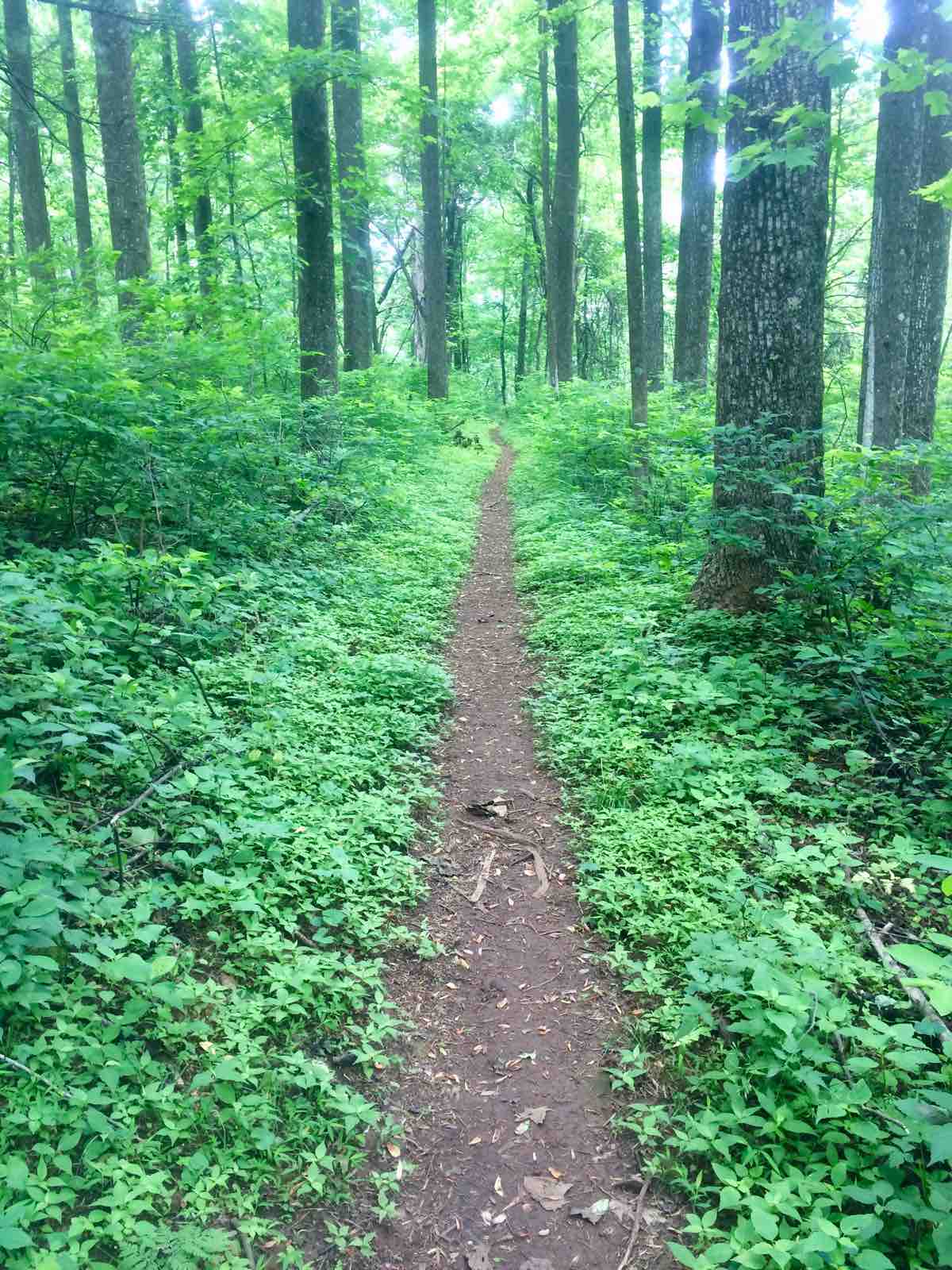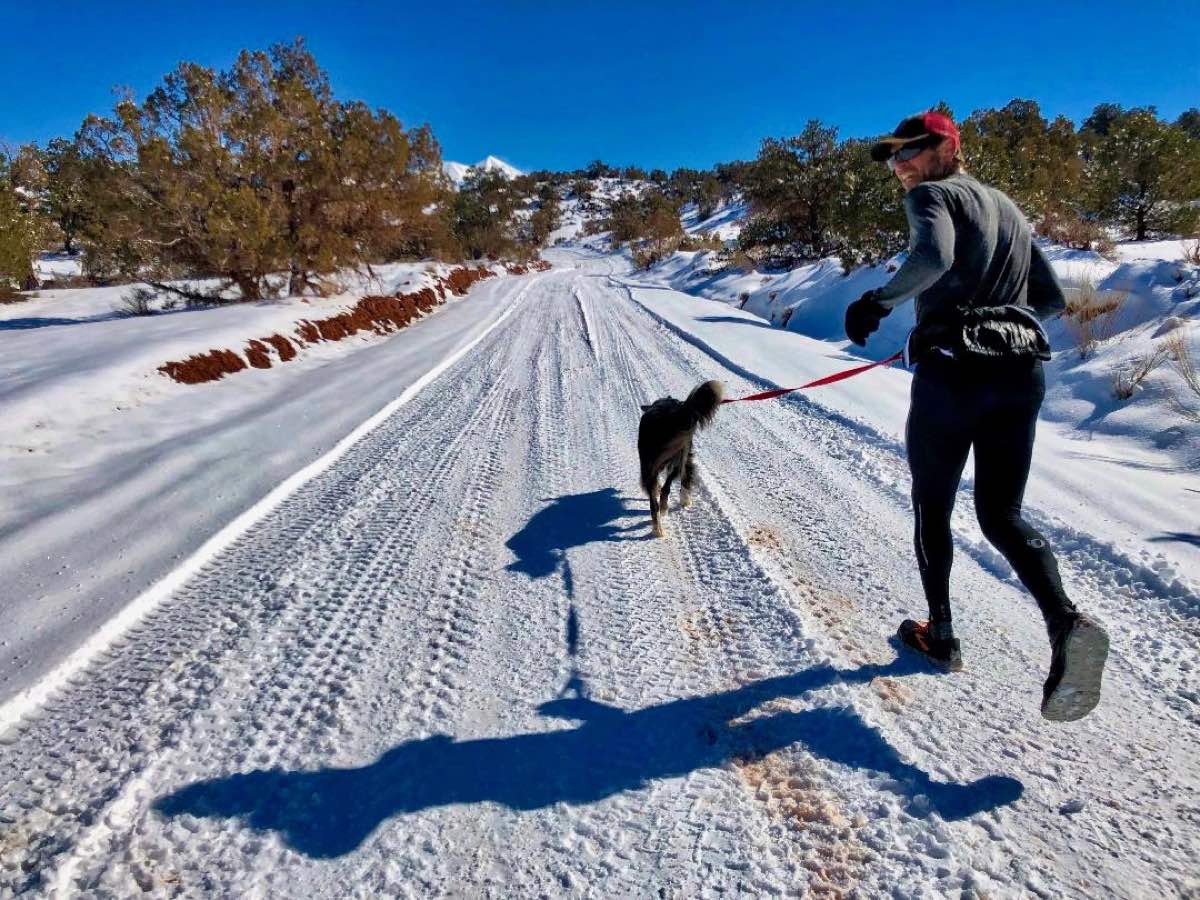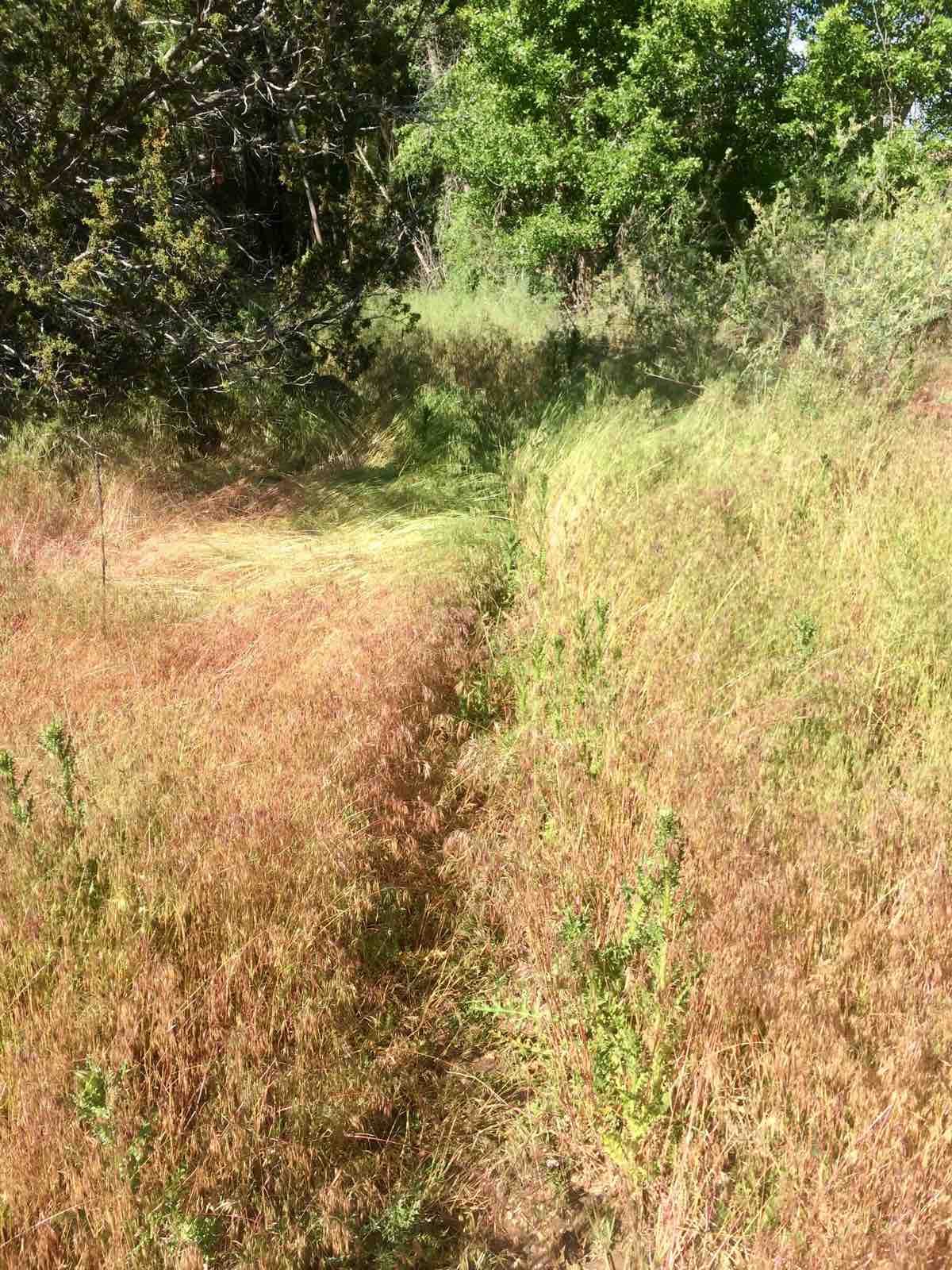Physics wasn’t my strong suit in college. However, after graduation, when I really got into the trails, I took the science to heart. Off-road running is one physics problem after another—occurring between 150 and 180 times a minute! Every time you plant your foot, you perform quick calculations involving body position, speed, and various earth surfaces to ensure a solid, successful landing. Yet, if we fail just one of these computations, the results can be disastrous and we can end up with bruises, contusions, twisted ankles, or, worse, a broken bone or two. Consider utilizing these recommendations and exercises in order to stay vertical the next time you encounter tricky footing.
A Rocky Jumble or a Muddy Mess
Trail runners are no strangers to unstable trail conditions. Mud can turn a 12-ounce shoe into a five-pound immoveable brick and miles of rock-strewn trail can pull, jerk, and weaken our hip and groin muscles as we struggle to stay vertical. Environments like these quickly whittle us down, leaving us sore, shuffling, and discouraged.
“I don’t think my reaction to mud or excessive rockiness is any different than anyone else’s,” says Krissy Moehl, who has won the Wasatch Front 100 Mile, Hardrock 100, and UTMB, and who has thru-hiked the Colorado Trail. “I get really frustrated. I’ve been in many races and on adventure runs where I had to call on everything I had to get through messy conditions. But because I prepared in training, I was as fit and strong as possible.”
Moehl’s point is well taken. Though added shoe weight due to caking mud, excessive unnatural sideways motion, and thousands of stabilizing micro-movements will test our resolve, we’ll have the best chance at reducing fatigue and staying uninjured by readying our bodies for variable surfaces before race day.
“I live in the U.S. Pacific Northwest,” says Moehl. “Certain times of the year I can’t avoid muddy trail runs. I’ve become pretty good at navigating them because that’s all that we have up here.” Well, we’re not all as ‘lucky’ as Moehl. If mud isn’t available, improvise and seek out other challenging surfaces, like 2018 Western States 100 top-10 finisher Charlie Ware.
“My home is in the southern Arizona desert and there’s no mud here,” says Ware. “If I know a race will have a good amount of it, I will do some training runs in one of our dry river washes. These washes consist of loose sand, and the legs have to work extra hard to move in the sand, just like they do in mud.”
Proper running form provides smoother sailing across chaotic footing. “Practice running balanced so when your foot strikes the ground, your weight is centered over your midfoot,” says Mark Hammond, a two-time podium finisher at both the Run Rabbit Run 100 Mile and Western States 100. “If you’re not running balanced and your foot strike is on your heels or you’re landing too far in front, then you’ll be more likely to slip.” Moehl agrees and suggests shortening your stride and using quick feet. “Get the next foot down as quickly as possible,” says Moehl. “That’ll help keep your feet under you.”
Because awkward body contortions are likely, Hammond believes it’s a good idea to add stretching to your routine. “Your legs are going to be stressed in unusual ways,” says Hammond. “My favorite way to improve flexibility is by rock climbing. It stretches my legs in a wide variety of ways. Because it’s so fun, I’m consistent in doing it. I was never very consistent with traditional stretches.” If rock climbing isn’t your thing, try Phil Wharton’s active isolated stretching routine.
Proper gear will also help. “For wet conditions, I’ll make sure I wear shoes that have good drainage and don’t feel too heavy when they are soaked,” says Ware. “I test out various pairs of shoes beforehand by hopping into a creek during training runs and seeing how they perform after they’ve been submerged. Also, moisture-wicking running socks are a must. Obviously, I will go with trail shoes with good tread/lugs on them for muddy/slippery conditions. I’ll also make sure I tie my shoes tighter for these conditions.” Moehl suggests that if you know your course will be exceptionally muddy or rocky, you might want to consider using trekking poles for added stability.
Supplement your run training with these five strength exercises you can do at home to further toughen muscles challenged by dicey trail conditions.
- Lateral Band Walks with resistance band
- Clam Shells with resistance band
- Reverse Lunges (add weight to increase difficulty)
- Lateral Lunges (add weight to increase difficulty)
- Band Resisted Dead Bug
The Cold Stuff
Every winter a number of runners are sidelined due to injuries from falls on ice. “Ice and snow are terrifying,” says Moehl. “There’s a fear factor here. I don’t have a lot of snow experience and I don’t know how to read it. If the trail is a sheet of ice, I’m not going! If a race is predicted to be super icy, I’d rather stay safe and avoid the race.”
Ware agrees, “There is just no way to practice effectively running fast over ice—just not a smart move. You’ve just got to slow down.”
If you foresee snow and ice in your future, Ware, Moehl, and Hammond all recommend using some sort of traction system with your shoes. Ware and Moehl like Kahtoola MICROspikes or NANOspikes while Hammond prefers Grivel Ran Anti-Slips. Trail gaiters will keep your shoes and socks drier when running through deep snow.
Passing over and around patches of snow and ice is tricky. “I incorporate strides (4 to 8 x 20 to 30 seconds) and occasional faster bursts (1 to 3 minutes at hard efforts) of speed into my training,” says Ware. “Surges help get my legs and lungs used to accelerating quickly and slowing efficiently when steering through slush and across icy hazards.”
Overgrowth
‘Using the force’ isn’t the best strategy when forging your way through tall grass and brush. “It’s difficult to simply trust what is underneath your feet when you can’t see the ground,” says Ware. “I appreciate overgrowth on trails, especially in races because it slows everyone down. There is no shortage of overgrown trails in Tucson, so I’ll do quite a bit of training through overgrown areas.”
“It’s so easy to trip,” says Hammond. “I think the best preparation is to do high-knee running drills. Not only will lifting your feet higher make you less likely to stumble in the weeds, but it’ll help you run more efficiently across any surface conditions.”
Be sure to take extra care on overgrown trails, or avoid them altogether, during periods when snakes might be active.
Dust
You’ll never forget about trail dust—one of the grossest and most overlooked trail complaints—once you’ve experienced it firsthand. “I spend weekends camping on a dirt road up on Mount Lemmon leading into Western States,” says Ware. “Every time a car goes by, the entire campsite gets a cloud of dust rolling through. That’s about all the dust training I want!” Ware continues, but with a more serious tone, “During a race with dust, like Western States, I will position myself far enough behind whoever is in front of me so I am not sucking in the dust they are kicking up. Otherwise, I’m motivated to make a quick pass and let someone else eat my dust!”
Both Ware and Hammond recommend wearing a bandana or a Buff over your mouth and nose during long, dusty sections or quickly pulling your shirt over your mouth until the grime has settled.
Dust in your shoes acts like friction-causing ball bearings that create hot spots, which, if left unattended, become incapacitating blisters. During long races, consider changing socks, donning gaiters, or using lube, like Squirrel’s Nut Butter, on problem areas.
Attitude
Whether it’s a training run or race, our mental outlook can make the difference between a successful outing and one full of irritation and angst. “I throw my time goals out the window because it’s impossible to anticipate how much the bad conditions will slow me down,” says Hammond. “Trying to force a predetermined pace is a recipe for disaster. Instead of becoming frustrated and burnt out, I stay patient and don’t take unnecessary risks.”

With the proper mental outlook and training, every trail can feel as smooth as the Dickey Ridge Trail in Virginia.
“If conditions are going to be tough, I remind myself that everyone is running under the same conditions,” says Ware. “The race now becomes a race against others, not the clock. I get excited for these kinds of conditions rather than getting anxious or bitter. I tell myself, Let’s make this epic.”
“Find others who are comfortable with the conditions you’re not good at, follow their lead, and learn from them,” says Moehl. “There’s no such thing as poor footing, just poor preparation, gear, and outlook.”
Trail running is a tricky sport filled with countless split-second, game-changing footfalls. Some surfaces will require more attention than others, but with the proper advance preparation and patience, you will feel more confident and adept.
Call for Comments (from Meghan)
What tips or tricks would you add to this list for keeping the rubber side down when the substrate on which you’re running is slippery?



